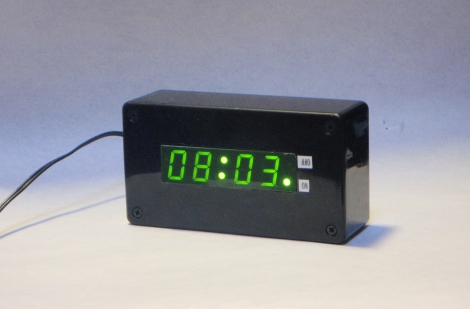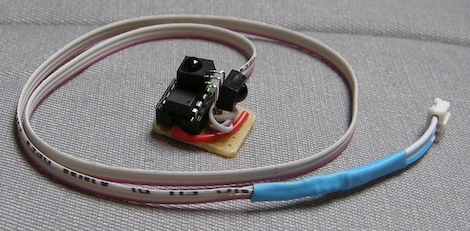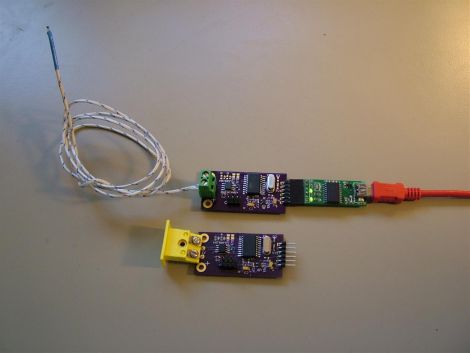
[Corbin] hates fumbling around in the dark with his alarm blaring, looking for the off switch. He was so annoyed with regular alarm clocks that he decided to build his own simpler timepiece.
The FlipClock resides in a simple black plastic case lacking any buttons whatsoever. When the alarm goes off, all one needs to do is flip the clock over to disable it. The digits automatically right themselves using an accelerometer to detect when the clock has been turned upside down, and an indicator LED lets you know that the alarm has been turned off.
The clock is based around a Propeller chip, which manages all of the clock’s operations. Instead of using a real time clock IC, [Corbin] is using a GPS module to keep accurate time, something we don’t recall seeing in an alarm clock before. That’s a good thing though, since there are no buttons with which to set the clock. In fact, there are no buttons to set the alarm either – the clock is configured to sound the alarm at the same time each day.
While this clock would certainly be too dangerous for a chronic snooze button abuser like myself, it’s an interesting concept nonetheless!
Check out the video below to see the FlipClock in action.


















